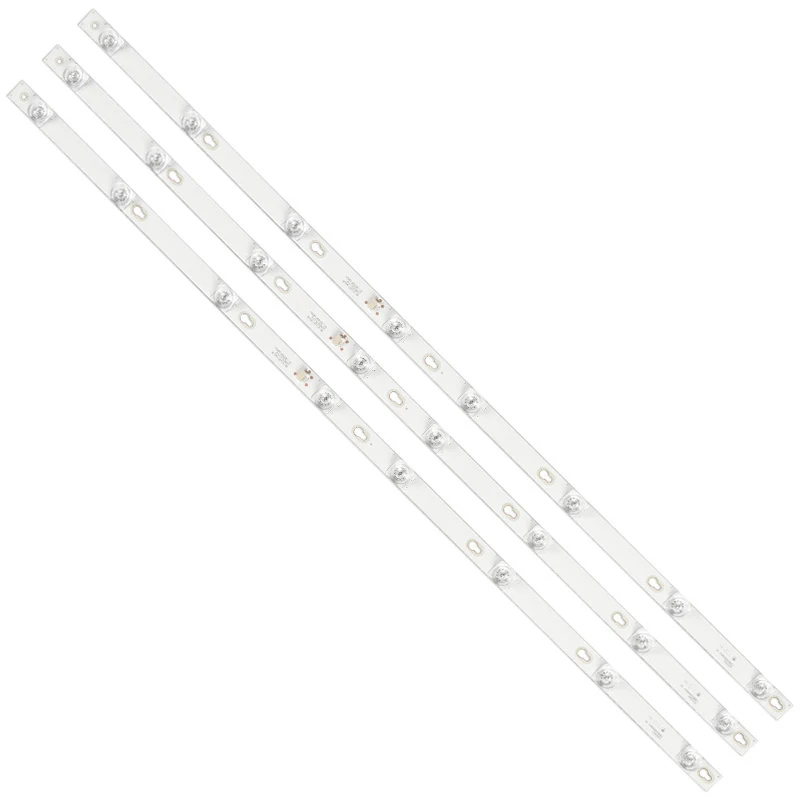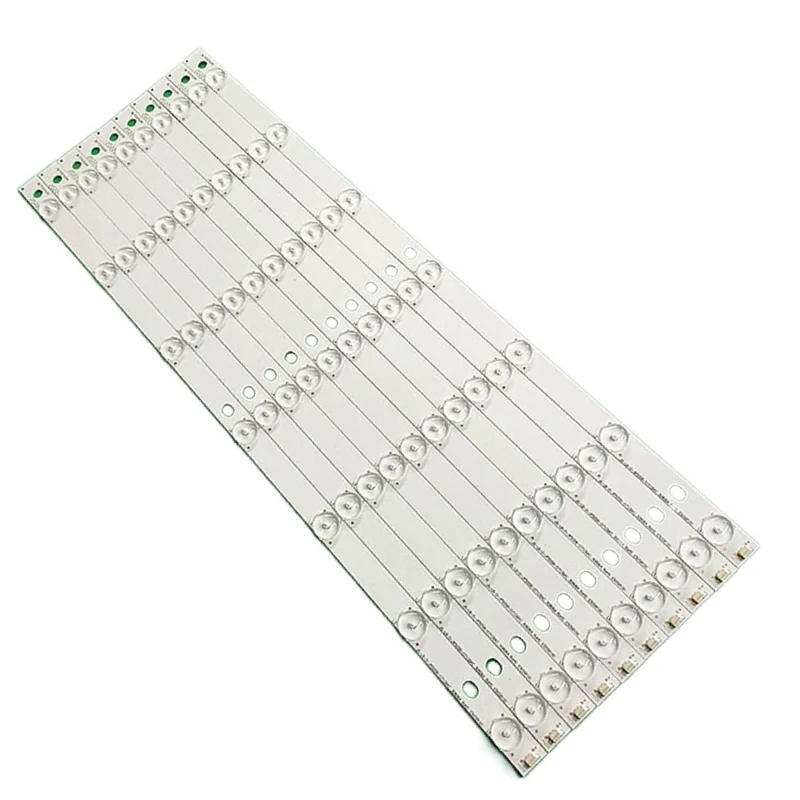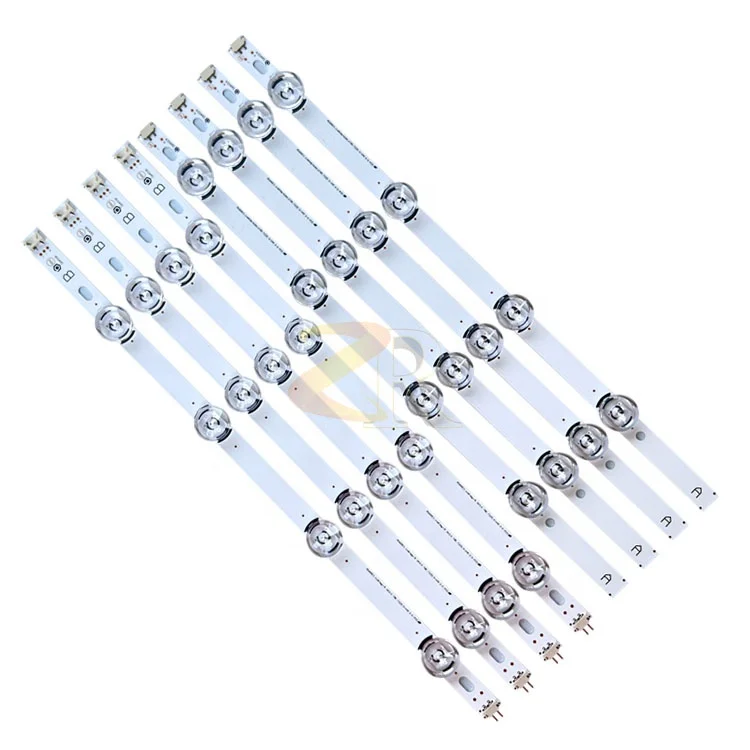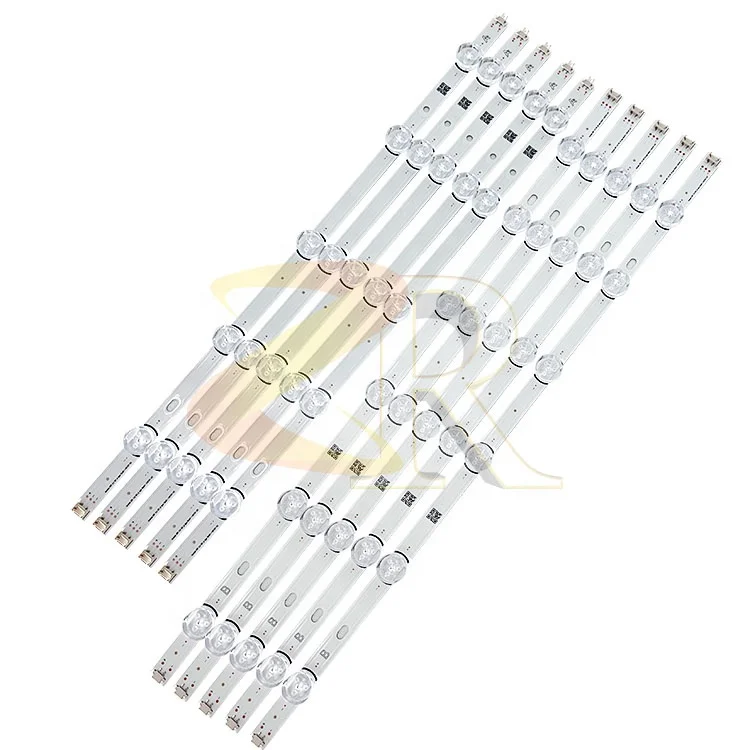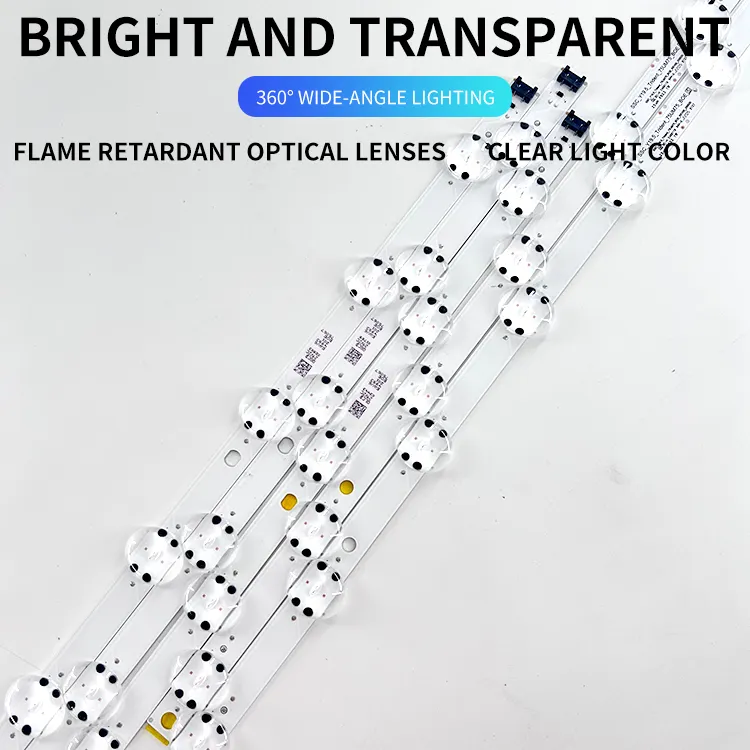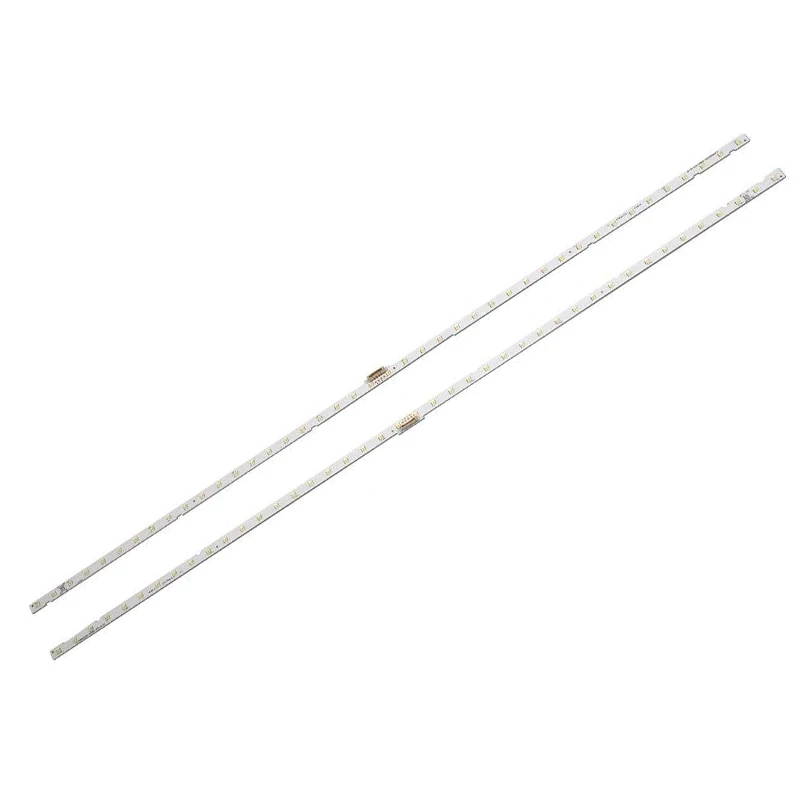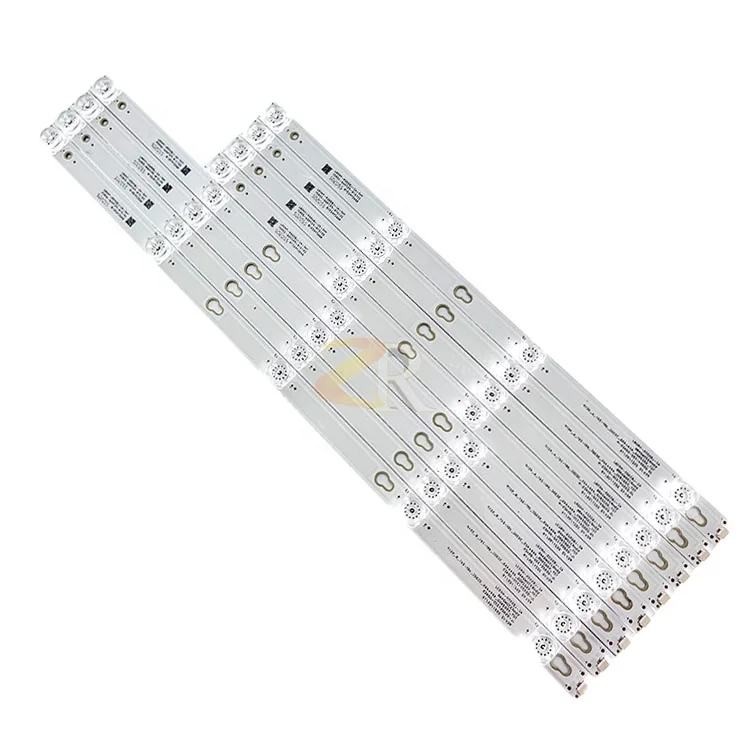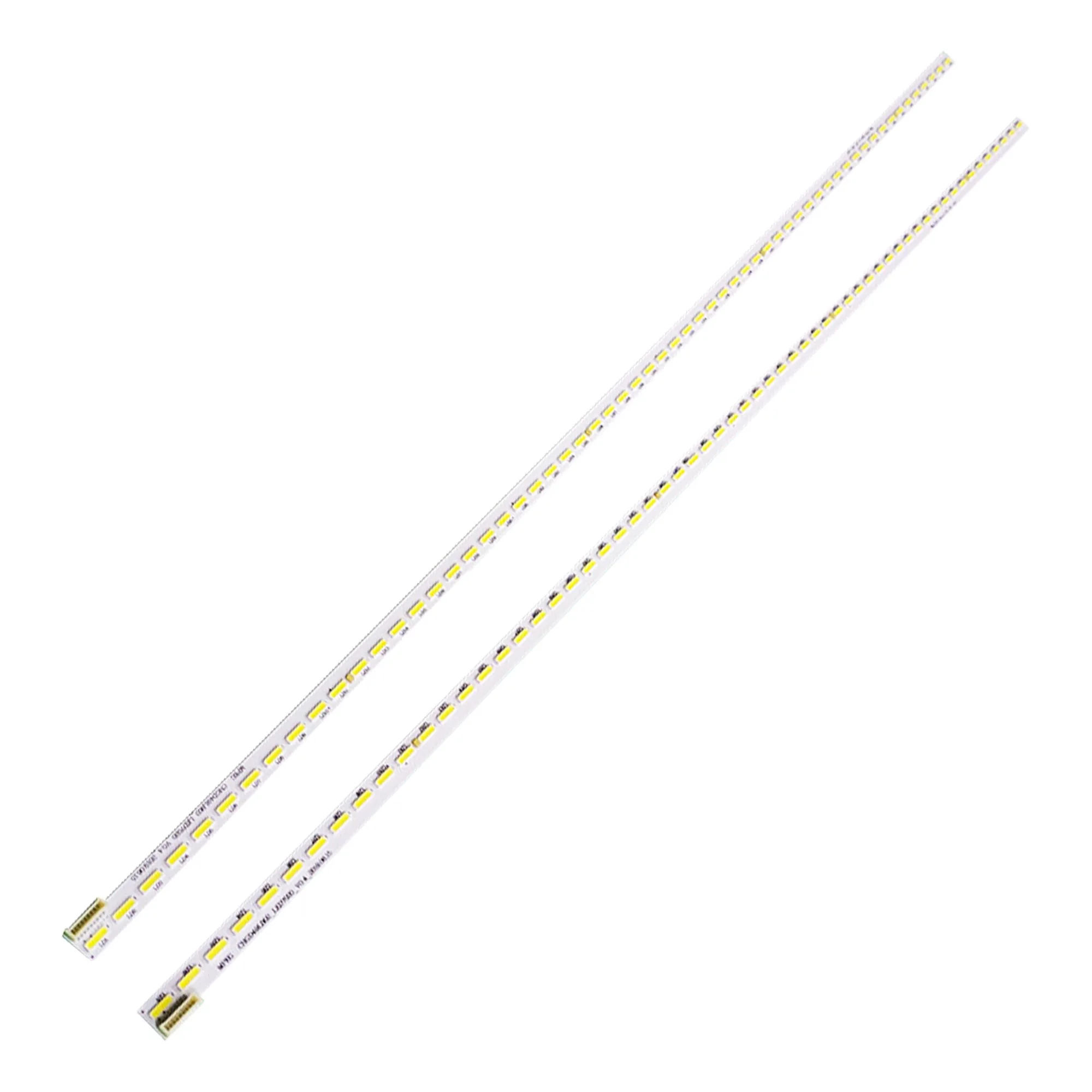Understanding the parts of led tv screen
The popularity of LED TVs has grown rapidly in recent years due to their energy efficiency, high picture quality, and slim design. In these TVs, Light Emitting Diodes (LEDs) light up the screen and produce a beautiful display. This article will dive into various parts of an LED TV screen and how they work together to offer an amazing viewing experience.
LED Panel:
The LED panel is the soul of an LED television’s screen. It comprises numerous little LEDs that emit light when they are electrically energized. These LEDs are arranged in a grid formation with each corresponding to a particular pixel on the screen. The LEDs provide illumination for the screen as well as determine the overall brightness and contrast level of the image.
LCD Layer:
Below the LED panel lies an LCD (Liquid Crystal Display) layer. The LCD layer is made up of millions of small liquid crystal cells which regulate light from the LEDs passing through them. When electricity flows across those cells, they align themselves allowing light to pass through thus creating images seen on screens. Color and clarity are determined majorly by this LCD layer.
Polarizing Filters:
Polarizing filters are located above and below the LCD layer. They aid in controlling directionality of light waves so that proper imaging takes place correctly onscreen.. Working hand in hand with liquid crystals, polarizing filters either block or transmit lights hence producing images.
Backlighting:
An illumination method named backlighting is employed by these sets for lighting up their screens. A series of diodes lie along edges or back sides together with some LCDs at times making it possible for light from then all over to reach entire surface area.LCD backlighting allows uniform lighting as well as improves power consumption when compared to conventional CCFL (Cold Cathode Fluorescent Lamp) based backlights.
Color Filters:
For full color display, filters of color are placed onto the LCD layer. Each screen’s pixel has three sub-pixels, red green and blue. Using the color filters only one color is allowed to pass through each time thus merging them together to obtain many different colors. The accuracy and precision of these color filters are fundamental in ensuring accurate and vibrant colors on the screen.
Control Board:
The control board processes video signals and sends it to both the LED panel and LCD layer. This board consists of different circuits and chips that change an input signal into a format which can be viewed on a screen. Apart from managing TV brightness, contrast as well as other settings; this board is responsible for computing TV images on LEDs.
An LED TV screen is an intricate assembly with multiple parts working towards providing superior viewing experience. Every piece whether it’s the LED panel or LCD layer, polarizing filters or even color filters contributes immensely towards image quality, energy efficiency and even better picture clarity in a TV set. Understanding these components can assist consumers when making purchasing decisions about LED TVs while also appreciating the technology behind them that makes them wonderful things in life today.
Illuminating Excellence: Zhenrui LED Bar Backlight Supplier
ALLEnhancing Visual Comfort and Clarity with Backlighting for Computer Screens
NextHot News
-
Development history of plastics
2024-01-05
-
The development prospect of vacuum packaging is very good
2024-01-05
-
Teach you how to deal with the peculiar smell of food plastic packaging bags
2024-01-05
-
The self-supporting bag and flat bottom bag with suction nozzle are innovated and developed on the basis of self-supporting bag
2024-01-05
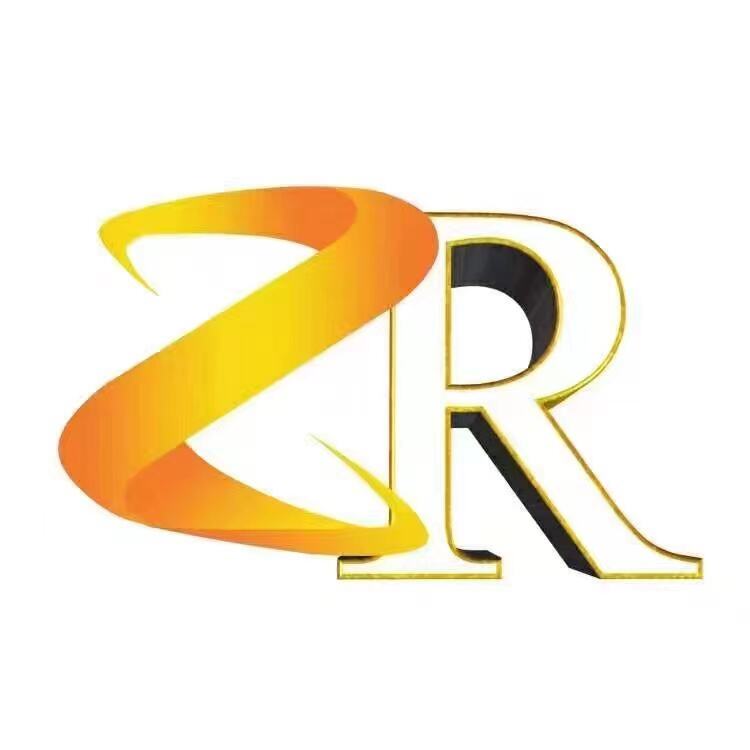
 EN
EN
 AR
AR
 BG
BG
 HR
HR
 CS
CS
 DA
DA
 NL
NL
 FI
FI
 FR
FR
 DE
DE
 EL
EL
 HI
HI
 IT
IT
 JA
JA
 KO
KO
 NO
NO
 PL
PL
 PT
PT
 RO
RO
 RU
RU
 ES
ES
 SV
SV
 TL
TL
 IW
IW
 ID
ID
 LV
LV
 LT
LT
 SR
SR
 SL
SL
 UK
UK
 VI
VI
 SQ
SQ
 ET
ET
 HU
HU
 TR
TR
 GA
GA
 KA
KA
 BN
BN
 NE
NE
 KK
KK

